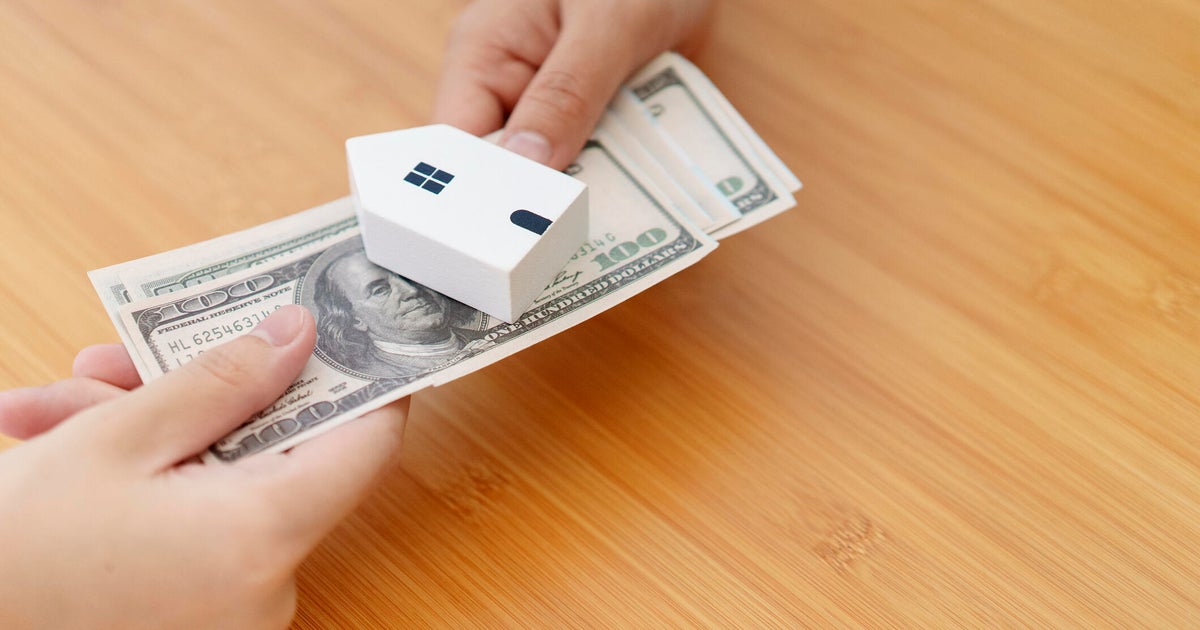 As credit card balances continue to climb nationwide, borrowers need to know what their lower-rate options are for getting out of debt.
Tetra Images/Getty Images
As credit card balances continue to climb nationwide, borrowers need to know what their lower-rate options are for getting out of debt.
Tetra Images/Getty Images
Credit card debt has reached staggering heights in America, with borrowers now carrying over $1.23 trillion in balances on their credit cards, up from a total of $1.21 trillion just a few months ago. While this high and growing card debt is problematic, what's perhaps even more concerning is that the average credit card interest rate hovers above 22% currently. When rates are that high, your payments will typically barely move the needle on the actual balance if you're carrying one from month to month.
The reason is simple: Those double-digit credit card APRs, coupled with how credit card interest compounds, make it tough to get ahead. Each month, a hefty portion of your credit card payment goes toward interest rather than the balance itself, especially if you're just paying the minimum required on the account. As a result, you're likely to see your card balance grow rapidly despite making regular payments. That leaves many borrowers to wonder if there's a better way to handle this expensive debt.
One solution that comes up frequently is taking out a loan specifically to pay off your credit cards. The idea sounds straightforward enough: replace multiple high-rate credit card balances with a single, lower-interest loan payment. But is this strategy actually available to you? That's what we'll explore below.
Find out what debt relief strategies you can utilize in today's high-rate climate.
Can you get a loan to clear credit card debt?
Yes, you can get a loan to clear your credit card debt, and it's called a debt consolidation loan. Banks, credit unions and online lenders offer loans specifically designed for this purpose. The borrowing limits on these types of unsecured loans typically range from $1,000 to $50,000 with repayment terms between two and seven years (or more in some cases).
The mechanics are simple: You borrow enough to pay off your credit card balances in full, then make fixed monthly payments on the new loan instead. The major advantage? If you qualify for a competitive rate, you could save thousands of dollars in interest charges. Personal loan rates are currently sitting at an average of just slightly over 12%, well under the 22% (or higher) rates that are common on credit cards. That means borrowers with good to excellent credit scores (typically 670 or higher) can typically secure rates that are significantly lower than their credit card APRs.
However, qualifying for a loan with favorable terms isn't guaranteed. Lenders evaluate factors like your credit score, income, debt-to-income ratio and employment history before approving your application. If your credit score has taken a hit from carrying high balances or missing payments, you might be offered loan rates that aren't much better than what you're already paying.
Personal loans aren't your only borrowing option for consolidating credit card debt, though. If you're a homeowner, you might consider a home equity loan or home equity line of credit (HELOC) as an alternative. These loans, which are secured by the equity in your home, typically offer lower interest rates than personal loans because your home serves as collateral. The catch? You're putting your home at risk if you can't keep up with payments. However, if you need to borrow more than the typical personal loan can offer at an affordable rate, either equity-tapping option may be worth considering.
Learn what steps to take to start tackling your high-rate debt now.
Other affordable ways to tackle your credit card debt
If you're not confident you'll qualify for a low-rate debt consolidation loan, or if you want to explore alternatives first, several other strategies can help you manage expensive credit card debt effectively.
Debt settlement, for example, offers a different approach entirely. These programs, offered by debt relief companies, work by negotiating directly with your creditors to reduce your total balance, sometimes by 30% to 50% or more. Rather than taking on new debt, you make monthly deposits into a dedicated account, and once enough funds accumulate, the debt relief company negotiates settlements on your behalf.
Balance transfers are another option to consider, especially if you have decent credit. With a balance transfer card, you typically get a 0% introductory APR period that lasts from 12 to 21 months, allowing you to pay down your balance without accruing additional interest. Before taking this route, though, you'll want to make sure the math works with the balance transfer fees (which are usually 3% to 5%) and that you have a plan to pay off the balance before the promotional period ends.
Utilizing the help of a credit counseling agency may also be worth considering. These agencies can help you create a debt management plan that's tailored to your finances, and the credit counselor also works with your creditors to try and lower interest rates and fees while rolling your payments into one monthly obligation. This approach doesn't require taking out a loan, but it can reduce your costs significantly and give you a structured approach to getting out of debt.
The bottom line
Getting a loan to clear credit card debt is definitely possible and can be a smart approach if you qualify for a rate significantly lower than your current credit card APRs. For those who don't qualify for favorable loan terms or want to avoid taking on additional debt, there are plenty of alternatives to consider that can provide meaningful relief.
To determine which strategy works best, though, you'll need to honestly assess your financial situation, compare all available options and find the one that not only reduces your interest costs but also fits your ability to stick with a repayment plan long-term. Otherwise, you could find yourself in even more debt than you started with.
Edited by Matt Richardson


















































